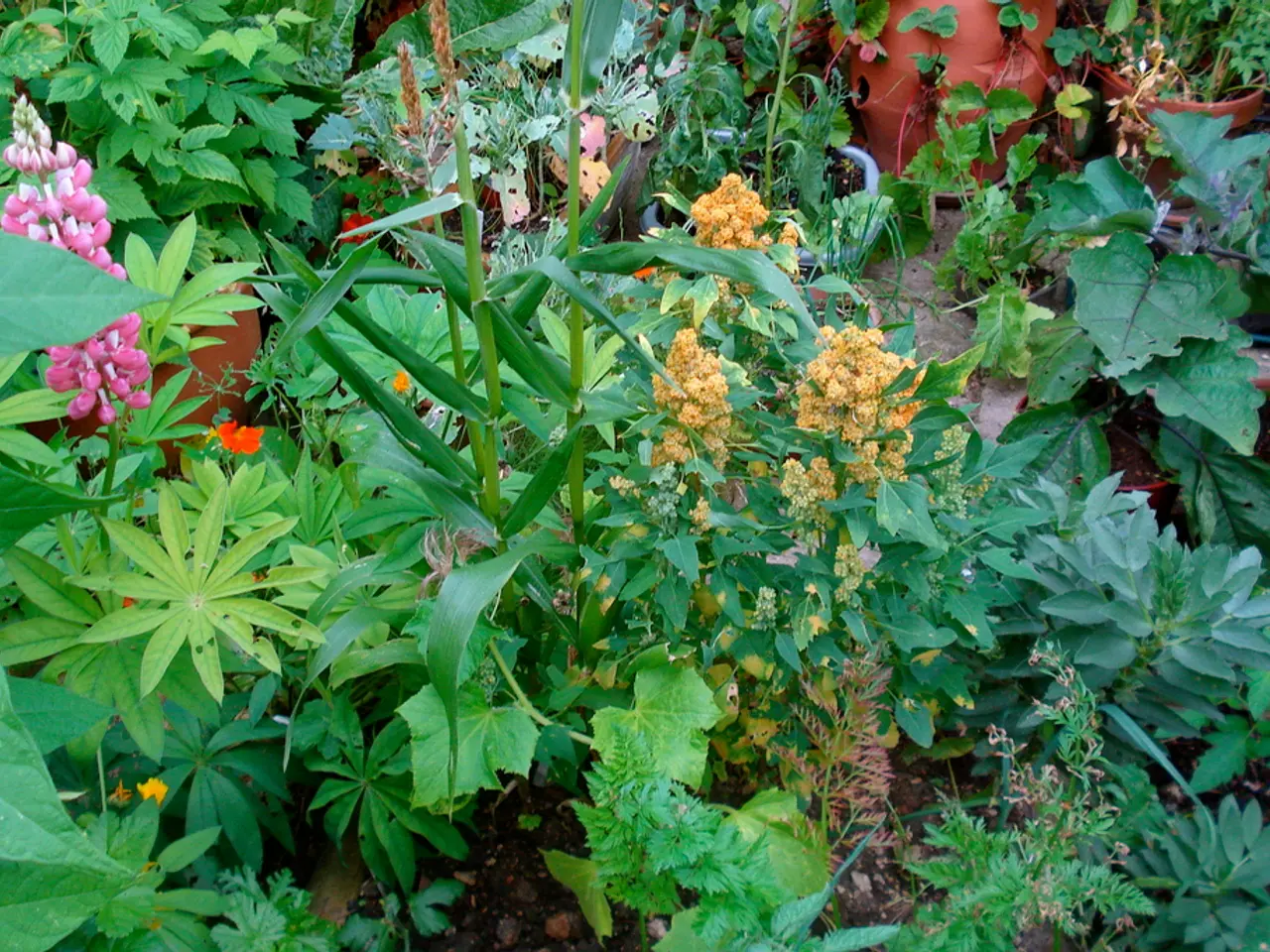Guidelines for Creating a Garden of Your Own
Embarking on a vegetable gardening journey can be both rewarding and educational. Here's a comprehensive guide, based on personal experience and expert advice, to help you create a thriving garden that provides a bounty of fresh produce.
1. Planning and Site Selection
First and foremost, choose a sunny location that receives 6-8 hours of sunlight daily, ideally with good drainage. This is crucial for the health and growth of your plants. Decide what vegetables and herbs you want to grow based on your preferences and local growing conditions.
To organize plant placement, draw a garden layout on paper. This will help you mix crops to deter pests and spread harvest times.
2. Preparing the Garden Bed
Remove existing vegetation, grass, rocks, and debris from the chosen area. Frame the area with raised beds or edging to protect soil and plants. Loosen soil and amend with compost or quality garden soil to improve nutrient content and texture. Performing a soil test helps guide amendments.
3. Planting Design and Spacing
Group plants considering their mature size and height. Taller crops should be planted on the north side to avoid shading smaller ones. Use supports like stakes or cages for large or sprawling plants. Interplant longer-term crops with fast-growing ones to utilize space and stagger harvests.
For direct sowing, create holes or rows with recommended spacing, planting multiple seeds per hole to ensure good germination.
4. Planting and Labeling
Plant seedlings or sow seeds according to the recommended depth and spacing. Label each plant using popsicle sticks or plant tags to keep track of varieties and care instructions.
5. Maintenance and Care
Water regularly, adjusting frequency to soil moisture and plant needs. Fertilize approximately every two months or as needed based on plant growth and soil fertility. Monitor for weeds, pests, and diseases at least twice a week, removing problems promptly.
6. Harvest and Results
Harvest crops according to maturity, staggering plantings to provide a continuous supply. Successful gardens yield a variety of vegetables and herbs, with healthy plant size and good flavor.
In this personal example, herbs like parsley, basil, and lemon verbena thrived alongside tomatoes and peppers with proper support and spacing.
Additional Tips
- The author did not plant squash due to receiving enough from a neighbour.
- The author had only planted a few things in their garden before January 2022.
- The author is propagating more blackberries (details on how not provided in the text).
- The author makes copies of the garden sketch for future years or in case of mistakes.
- The garden includes blackberries, kiwi trees, and additional blackberries being planted.
This methodical approach ensures an organized, productive vegetable garden with diversity and continuous harvests. Happy gardening!
- Transforming your home-and-garden lifestyle to include gardening doesn't have to be a challenging endeavor. Following a comprehensive guide like this one can help you embark on a rewarding journey of vegetable gardening that not only provides fresh produce but also enriches your lifestyle.
- To achieve a thriving home-and-garden where both edible plants and your lifestyle flourish, consider investing in tools and knowledge to establish a well-planned and maintained vegetable garden. This can result in a home-and-garden lifestyle centered around gardening, offering the satisfaction of growing your own food and enjoying the beauty of your garden.




